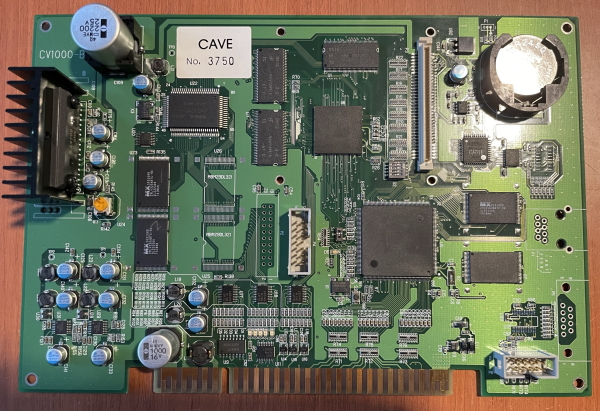-
A Game Console by Narcissus: The Game and Watch Panorama Series
According to ancient Greek legend, there was once a man named Narcissus, who was so beautiful and so aware of his own beauty, that he fell in love with his own reflection, staring upon it so long that he turned into a flower. Well, in the 1980s, Nintendo wanted to give those of us not as gifted as Narcissus a reason to stare at a mirror for hours on end. What am I talking about? I bought a Game and Watch!
-
The Sega System E: The Master System Supergrafx
If you’ve read this blog, you know that I like my hardware a little janky and a little weird. A classic example: the SuperGrafx. The beautiful three-chip architecture of the PC Engine, but two of one chip, and a video priority controller whose job is to wrangle things together. But for the really weird stuff, you need to go to the arcades. Let’s take a look at the predecessor of the System C. How did Sega reuse the Master System hardware in the arcade?
-
The Sega ST-V's MIDI OUT: A Quick Examination and Failed Experiments
A “shaggy dog” story is a category of story in which a large number of words are used, but with a wholly disappointing and uninteresting conclusion. Why do I mention that? No particular reason. So, the Service Manual for the Sega ST-V Saturn-based arcade board mentions the existence of a “MIDI OUT” port. But what does that mean?
-
Soviet Game and Watch: The Elektronika IM-32
The Soviet Union was an ancient Eurasian empire based in the city of Moscow, a former Mongol vassal that came to make Mongolia its own vassal. Its state ideology of communism has caused almost as many wars as differing video standards have. But let’s face it, you already know all that. What about the video games? Surely they had video games!
-
The Apple II Yellowstone Floppy Interface
When I got my Apple ][plus back in 2017, it came with two all-important cards: the Microsoft 64kiB expansion card, and an Apple 5.25” Floppy Interface card. Since then, we’ve added some more: the Microsoft Z80 SoftCard and a Mockingboard sound card. And now I replace one of the original cards. The Apple’s floppy disk controller is a feat of engineering history: why would I replace it? Let’s find out!
-
A Last Gasp of 2D: The Cave CV1000
Two-dimensional video game hardware is often considered a solved problem. Things like hardware sprites and tilemaps are basically gone; everything is done in software. Anything past that is done with 3d accelerators that work on entirely different principles. So let’s today take a look at a machine at the very end of the 2d period. And maybe also see why a straightforward platform still vexes emulator developers today. Bonus: A cool game!
-
Namco System 12: The Fastest Route to the Third Dimension
The shift into the 3D era of gaming was one of the most important changeovers in console and arcade gaming: powerful CPUs meant dedicated 2D game hardware was rapidly made unnecessary, but at the same time, the market moved away from 2D entirely: a new era was afoot, the era of the 3D polygonal-based gaming. And one name stands out there: Sony PlayStation, the grey box that broke the Sega/Nintendo stranglehold on the market. And you might wonder: what was happening in arcades? Did the PlayStation make a splash there too?

